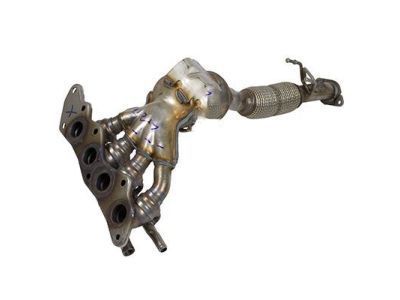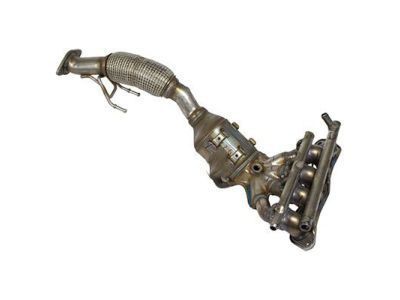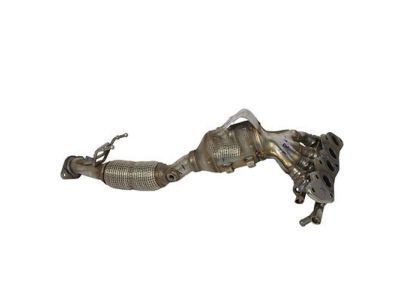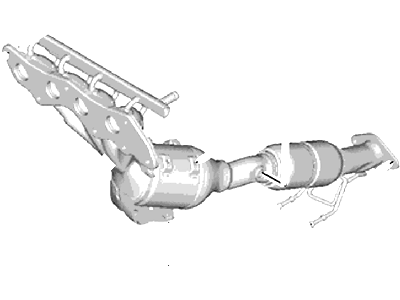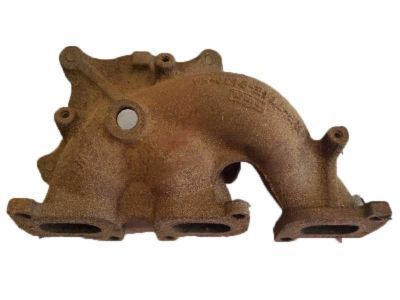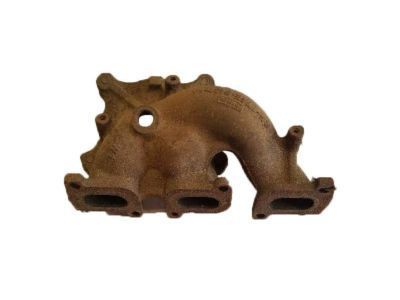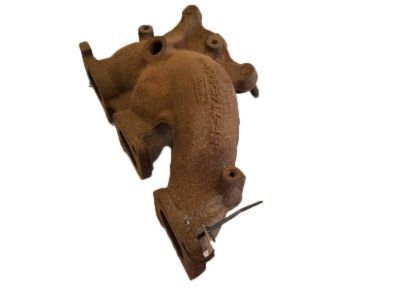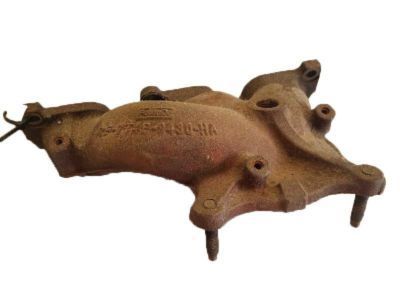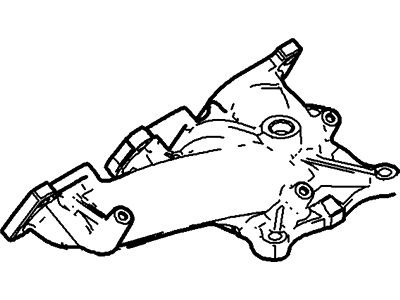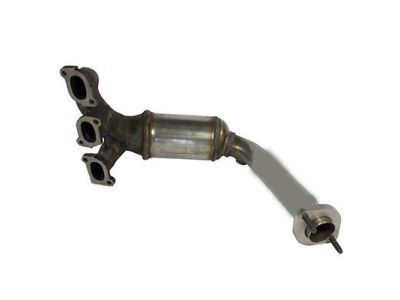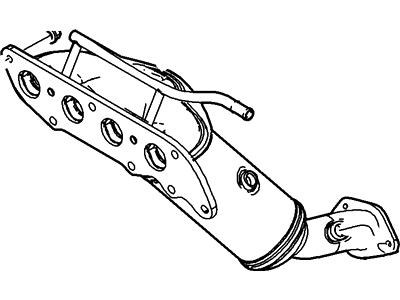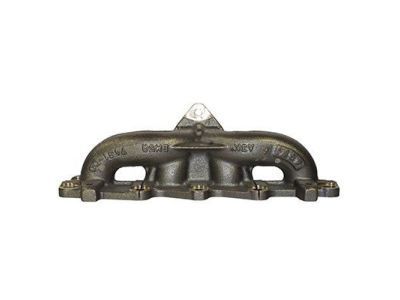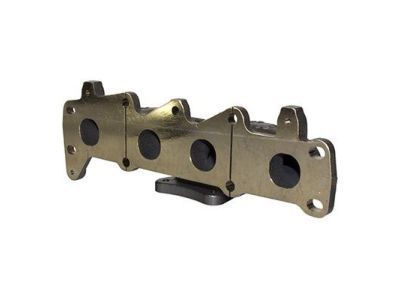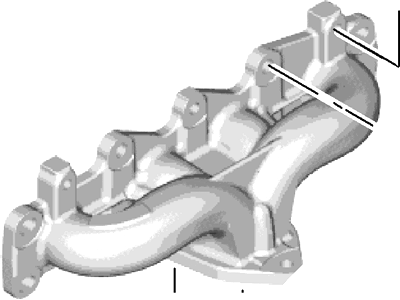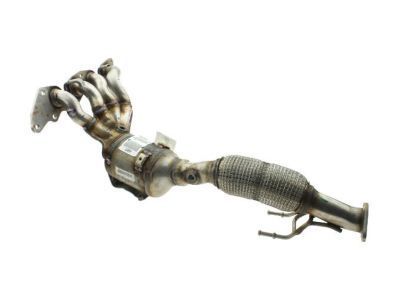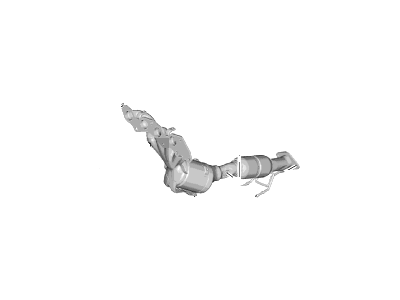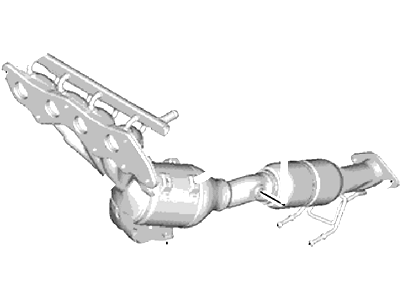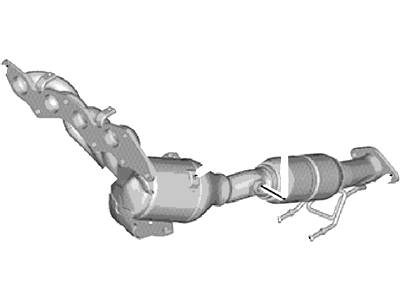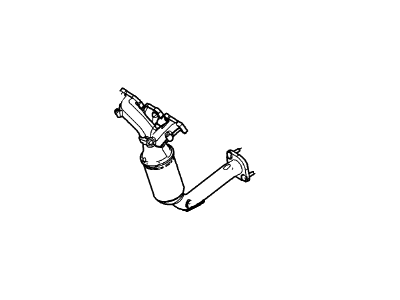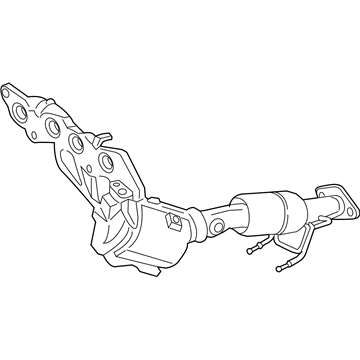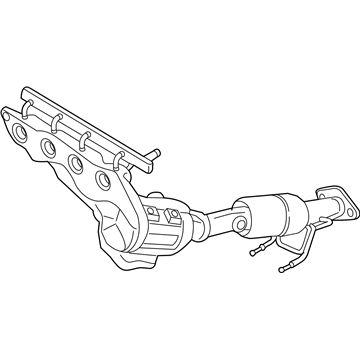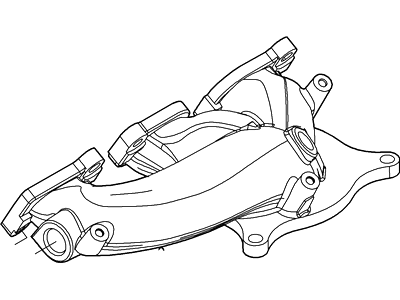

My Garage
My Account
Cart
Genuine Ford Fusion Exhaust Manifold
Engine Exhaust Manifold- Select Vehicle by Model
- Select Vehicle by VIN
Select Vehicle by Model
orMake
Model
Year
Select Vehicle by VIN
For the most accurate results, select vehicle by your VIN (Vehicle Identification Number).
37 Exhaust Manifolds found
Ford Fusion Exhaust Manifold And Catalyst Assembly
Part Number: DS7Z-5G232-C$1459.01 MSRP: $1854.29You Save: $395.28 (22%)Ford Fusion Exhaust Manifold Assembly
Part Number: 7T4Z-9430-C$63.73 MSRP: $93.17You Save: $29.44 (32%)Ships in 1-3 Business DaysFord Fusion Catalytic Converter Assembly
Part Number: 7E5Z-5G232-DA$4221.15 MSRP: $5377.43You Save: $1156.28 (22%)Ships in 1-3 Business DaysFord Fusion Exhaust Manifold Assembly
Part Number: BM5Z-9431-A$348.04 MSRP: $513.33You Save: $165.29 (33%)Ships in 1-3 Business DaysFord Fusion Exhaust Manifold And Catalyst Assembly
Part Number: DG9Z-5G232-A$874.37 MSRP: $1108.57You Save: $234.20 (22%)Ships in 1-3 Business DaysFord Fusion Exhaust Manifold And Catalyst Assembly
Part Number: FS7Z-5G232-B$1473.79 MSRP: $1873.14You Save: $399.35 (22%)Ships in 1-3 Business DaysFord Fusion Exhaust Manifold And Catalyst Assembly
Part Number: GG9Z-5G232-A$874.37 MSRP: $1108.57You Save: $234.20 (22%)Ships in 1-3 Business DaysFord Fusion Exhaust Manifold And Catalyst
Part Number: HS7Z-5G232-E$1003.17 MSRP: $1272.86You Save: $269.69 (22%)Ships in 1-3 Business DaysFord Fusion Exhaust Manifold And Catalyst Assembly
Part Number: DG9Z-5G232-F$1556.34 MSRP: $1978.43You Save: $422.09 (22%)Ships in 1-3 Business DaysFord Fusion Exhaust Manifold And Catalyst Assembly
Part Number: DS7Z-5G232-A$1473.79 MSRP: $1873.14You Save: $399.35 (22%)Ford Fusion Exhaust Manifold Assembly
Part Number: 7E5Z-5G232-AA$1303.20 MSRP: $1810.36You Save: $507.16 (29%)Ships in 1-2 Business DaysFord Fusion Exhaust Manifold And Catalyst Assembly
Part Number: HG9Z-5G232-A$888.93 MSRP: $1127.14You Save: $238.21 (22%)Ships in 1-3 Business DaysFord Fusion Exhaust Manifold And Catalyst Assembly
Part Number: AE5Z-5G232-B$781.41 MSRP: $990.00You Save: $208.59 (22%)Ships in 1-3 Business DaysFord Fusion Exhaust Manifold And Catalyst Assembly
Part Number: JV6Z-5G232-A$1025.57 MSRP: $1301.43You Save: $275.86 (22%)Ships in 1-3 Business DaysFord Fusion Exhaust Manifold And Catalyst Assembly
Part Number: DG9Z-5G232-C$1556.34 MSRP: $1978.43You Save: $422.09 (22%)Ships in 1-3 Business DaysFord Fusion Exhaust Manifold And Catalyst Assembly
Part Number: DS7Z-5G232-B$1003.17 MSRP: $1272.86You Save: $269.69 (22%)Ships in 1-3 Business DaysFord Fusion Exhaust Manifold And Catalyst Assembly
Part Number: DS7Z-5G232-D$1003.17 MSRP: $1272.86You Save: $269.69 (22%)Ships in 1-3 Business DaysFord Fusion Exhaust Manifold And Catalyst Assembly
Part Number: HS7Z-5G232-B$1003.17 MSRP: $1272.86You Save: $269.69 (22%)Ships in 1-3 Business DaysFord Fusion Exhaust Manifold And Catalyst Assembly
Part Number: 9E5Z-5G232-A$850.85 MSRP: $1078.57You Save: $227.72 (22%)
| Page 1 of 2 |Next >
1-20 of 37 Results
Ford Fusion Exhaust Manifold
Exhaust Manifold in the Ford Fusion automobiles is vital for channelling hot exhaust gases from the engine to the exhaust system thus enhancing efficiency of the engines and minimizing the emission of toxic fumes. This is mounted at different positions depending on the arrangement of the engine and is usually made of cast iron or stainless steel though stainless steel called headers are made to increase the flow rate. For years, the Ford Fusion series has employed various types of Exhaust Manifolds that include standard manifolds as well as headers that are improved for greater performance. While specifying headers over manifolds, the primary difference rests in headers' capacity to lower flow resistance, as well as accelerate the velocity of the exhaust gas in order to improve the overall engine performance. Exhaust Manifold play's a very important role, if it is not functioning properly then it hampers the air to fuel ratio and also the exhaust leakage can cause health issues of the people traveling in the vehicle.
We provide a wide range of Ford Fusion Exhaust Manifold at the best prices possible. If you need Ford Fusion Exhaust Manifold, you can shop with confidence on our website. All our OEM parts come with a manufacturer's warranty and are delivered to your door step with a fast delivery service.
Ford Fusion Exhaust Manifold Parts Questions & Experts Answers
- Q: How to remove, inspect, and install the exhaust manifold in four cylinder engine on Ford Fusion?A:On some models, the catalytic converter is integral with the exhaust manifold, requiring replacement as a unit. The 1.5L and 2.0L models do not utilize a separate exhaust manifold, as it is partially cast into the Cylinder Head, with the turbocharger mounting directly to it. To begin removal, raise the vehicle and secure it on jackstands. After the engine has cooled, soak the manifold heat-shield retaining nuts with penetrating oil to loosen any rust, then remove the heat shield and apply penetrating oil to the exhaust manifold mounting bolts. For 1.6L engines, remove the turbocharger, while for 2.3L and 2.5L engines, disconnect the exhaust pipe from the exhaust manifold and discard the old flange gasket. Unplug the electrical connector for the oxygen sensor and remove it from the exhaust manifold. Next, remove the exhaust manifold mounting nuts, then take off the exhaust manifold along with the old manifold gasket. Use a stud removal tool or two nuts tightened against each other to extract the old studs from the cylinder head. Inspect the exhaust manifold for cracks or damage, replacing it if necessary. Remove all traces of gasket material from the mating surfaces with care to avoid scratching, and inspect for wear and cracks. Check the exhaust manifold mating surface for warpage using a straightedge and feeler gauge, and determine if replacement or resurfacing is needed. For installation, place new exhaust studs in the cylinder head, install the manifold with a new gasket and self-locking nuts, coating the threads of the exhaust manifold studs with anti-seize compound. Tighten the nuts in several stages, working from the center out, and complete the installation in reverse order of removal. Finally, run the engine and check for exhaust leaks.
Related Ford Fusion Parts
Browse by Year
2020 Exhaust Manifold 2019 Exhaust Manifold 2018 Exhaust Manifold 2017 Exhaust Manifold 2016 Exhaust Manifold 2015 Exhaust Manifold 2014 Exhaust Manifold 2013 Exhaust Manifold 2012 Exhaust Manifold 2011 Exhaust Manifold 2010 Exhaust Manifold 2009 Exhaust Manifold 2008 Exhaust Manifold 2007 Exhaust Manifold 2006 Exhaust Manifold
